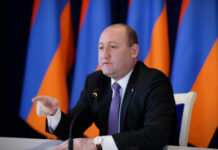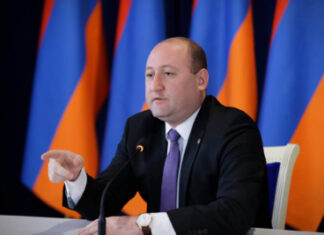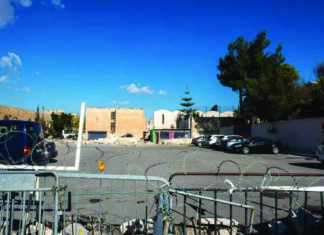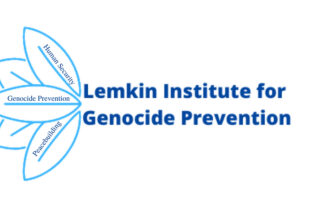For many years, Lebanon was considered an idyllic country, a veritable heaven on earth, because of its natural beauty and freewheeling society offering luxury and a vibrant nightlife. Lebanon was the destination of choice in the Middle East, with petrodollars pouring in with tourists, a free banking system and many peepholes for all kinds of spies to watch the developments in neighboring countries.
The original Lebanese population were the Phoenicians, a seafaring people who had colonies in North Africa, like Carthage. Carthage had become so powerful that it drove fear in the hearts of the Roman emperors to the extent that the Roman orator and censor Cato concluded all his speeches with the call “Carthage must be destroyed,” and indeed it was destroyed by the third Punic War in 146 BC.
In the tradition of their seafaring ancestors, Lebanese citizens have emigrated to faraway lands to form communities in Africa and South America, contributing generously to their native land.
Thus, like Armenians, the numbers of the Lebanese diaspora exceed the population back home. Before the recent crisis, Lebanon’s population was six million, with the diaspora estimated to be between four and 14 million.
Lebanon turned out to be one of the most hospitable safe havens for Armenian refugees after the Armenian Genocide. The Armenian population there at its peak was 250,000 strong. In the year 2009, the Armenian population had fallen to 112,000 and today it has further shrunk to 40,000. But no community can loudly voice its true numbers, because the Lebanese political system is based on religious communities and 18 confessional groups have their proportional representation in the Lebanese parliament. Therefore, if the community admits its numbers have shrunk, it loses representation in parliament. Currently the Armenian community is represented by six members of parliament.
Since Lebanon gained independence in 1943, on a 4,036-mile territory, many of the regional conflicts have caused upheaval there.









